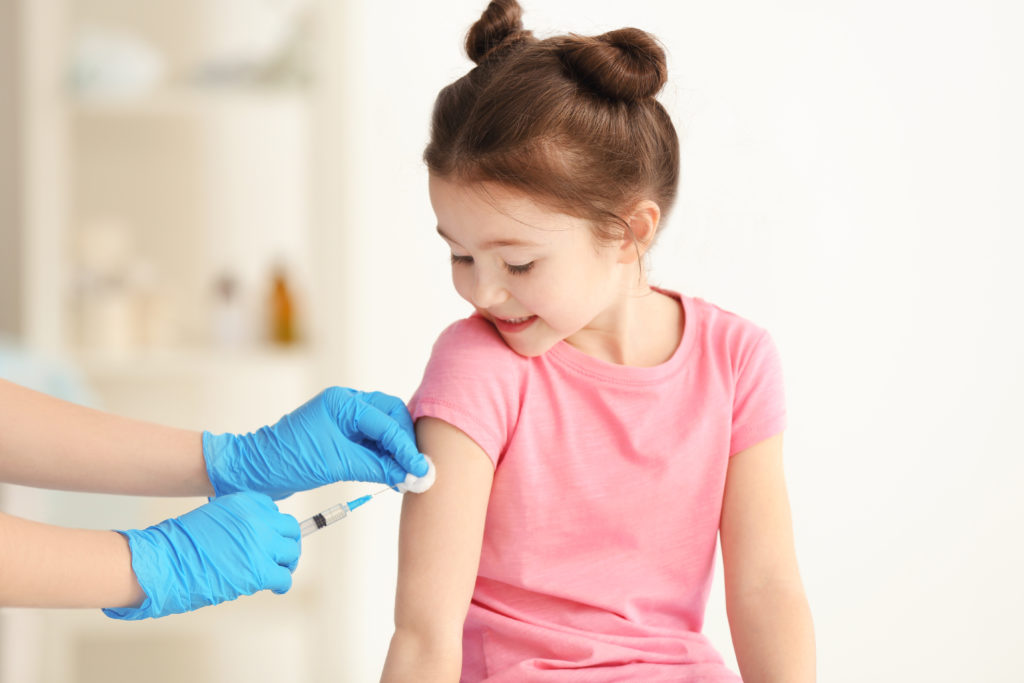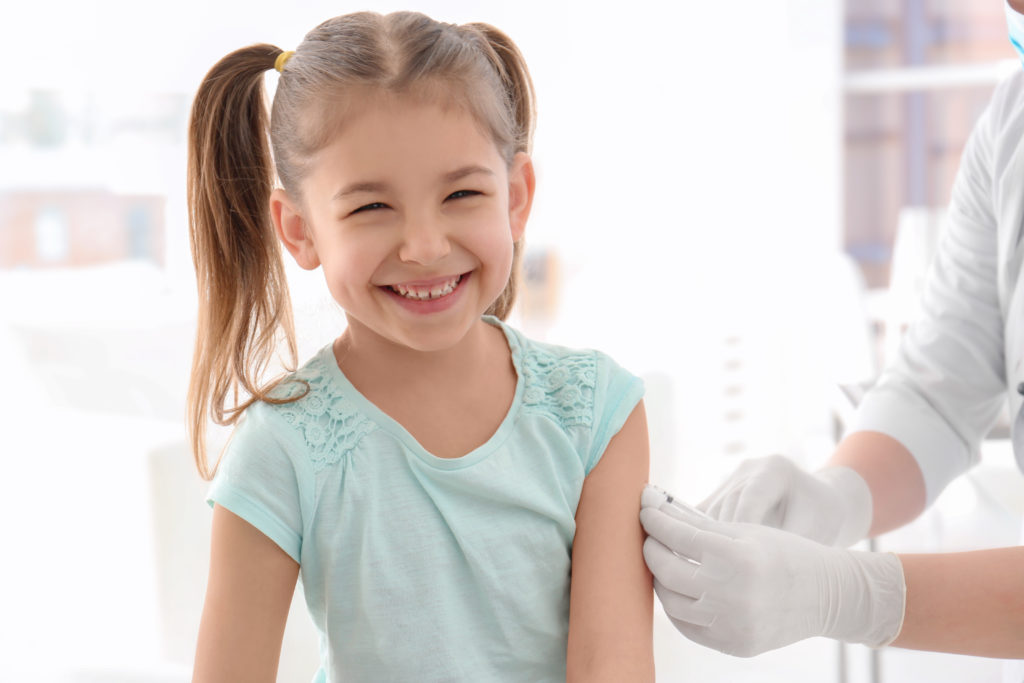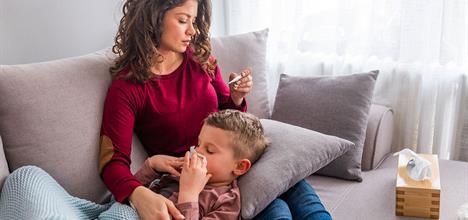
For 5-11 year old, starting November 6th, a COVID-19 vaccine will be authorized for emergency use. The vaccine is a 2-dose series taken 3 weeks apart. Each is 1/3 the dosage of the adolescent/adult vaccine. For 12-17 year olds, a vaccine is already authorized and more than 11.1 million adolescents have been vaccinated. This vaccine is a 2-dose series taken 3 weeks apart.
- The Vaccine is Effective
- 90-100% efficacy in clinical trials
- No severe cases of COVID-19 during clinical trials
- Vaccines work against Delta and other known variants of concerns
2. Your Child May Experience Side Effects
- Mostly mild-to-moderate side effects are reported: fever, fatigue, headaches, chills, diarrhea, muscle and joint pain
- More kids report side effects with the 2nd dose compared to the 1st dose
- Rare side effects include swollen lymph nodes and skin sensitivity
3. Myocarditis is Rare
- Myocarditis (heart inflammation) has been linked to mRNA vaccines. It is very rare. We expect 26 cases of myocarditis per 1 million doses administered. It’s more common for young males and more common for the 2nd dose.
- Symptoms typically arise within 7 days of vaccination.
- Majority of cases have been hospitalized. No kids have died. Cases fully recover within 34 days.
- Vaccine-induced myocarditis is much milder compared to COVID-19-induced myocarditis.
4. There is a need.
COVID-19 in kids can range from asymptomatic to severe illness. As of October 2021, over 6.3 million COVID-19 pediatric cases have been reported. Only 43% of kids under 12 years old have natural immunity.
In 23 states, 24,073 pediatric hospitalizations have been reported
- 30% of hospitalized had no underlying medical condition
- Hospitalization rates for COVID-19 are higher than for the flu
- As of October 2021, 5,217 MIS-C cases have been linked to COVID-19
Over 600 pediatric deaths have been reported. Although this seems low compared o adults, COVID-19 is a top 10 cause of death for kids in the US.
5. The vaccine got to us fast – but it was NOT rushed.
Speed does not mean rushed. It meant leveraging a whole lot of people, money, and decades of previous work to get us a vaccine in 9 months. This included:
- Previous research (mRNA research started in 1961; the first clinical trial was in 2001)
- Lots of money and resources for scientists around the word
- Production started before clinical trials were complete because the government financially supported the effort
- Although vaccine went through Phase I, II, and III, phases were overlapped to remove white space. This is standard practice.
- High rates of disease in the community (unfortunately) meant we didn’t have to wait for a minimum number of COVID-19 cases during clinical trials
- Over 150,000 people flooded to participate in the US trials. This couldn’t have been done without each and everyone one of them.
6. mRNA does not change DNA
It’s biologically impossible for the messenger RNA (mRNA) to alter DNA.
- mRNA cannot enter the cell nucleus where DNA lives.
- mRNA can’t be converted to DNA.
- mRNA can’t insert itself into DNA.
7. Long term side effects are highly unlikely
While, we do not know the long term effects of mRNA COVID19 vaccines, based on our knowledge of mRNA and the human body, we do not expect long term side effects:
- Vaccine ingredients are cleared from the body very quickly. mRNA is very fragile and degrades within 72 hours of injection. Ingredients do not linger in the body.
- mRNA vaccines are not made of the actual pathogen. This means that they don’t contain weakened, dead, or noninfectious parts of a virus.
- In the history of vaccines, serious adverse side effects only occur within the first 2 months of rollout. We have more than 12 months of vaccine follow-up data by now.
- Thousands of people have gotten pregnant after receiving the COVID-19 Vaccines.
- There are reports that menstrual cycle changes after a COVID-19 Vaccine. The body is mounting an immune response and this is likely a temporary side effect, like a fever.
8. Previously recovered still need the vaccine.
- Efficacy of “natural” immunity is high, but protection wanes for some
- Getting a vaccine, even for people who have already recovered from COVID-19, strengthens your immune response (antibody and T-Cell production)
- The immune response is messier from natural infection. Its not as focused as vaccine immunity, so evidence shows the vaccine better protects against variants of concern.



About The Author: Linda Penitusi
More posts by Linda Penitusi